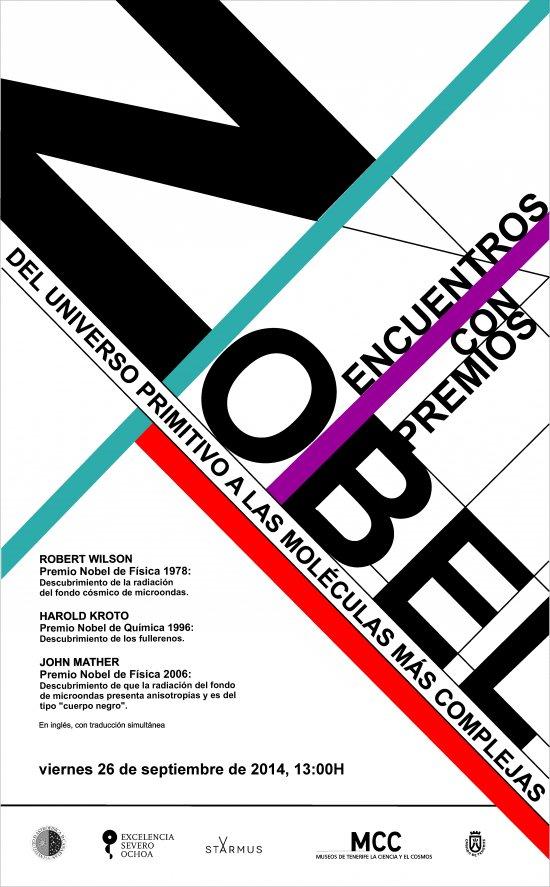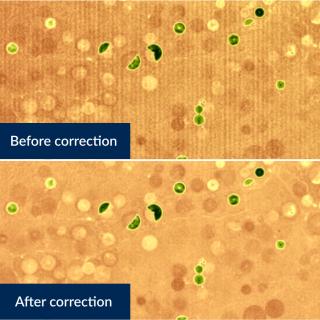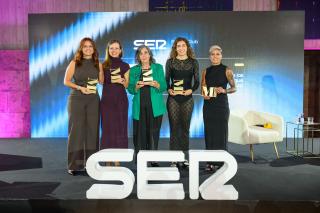The Astrophysics Institute of the Canaries (IAC) and the Museum of Science and the Cosmos (MCC), which belongs to Museos de Tenerife, have organized for tomorrow, Friday 26th September at 13.00 in the Museum, in La Laguna, a round table with the three Nobel Laureates, who are in the Islands as invitees of the STARMUS Festival
The introductions will be made by the President of the Cabildo Insular (Island Parliament), Carlos Alons, and the director of the IAC , Rafael Rebolo. The three scientists will take the opportunity to visit the offices, laboratories, and workshops of the IAC Headquarters, and to take a quick look at the permanent exhibition in the Museum.
Entry will be free, until the accommodation is full, and simultanous translation equipment will be provided, although the number of headsets is limited.
From the primaeval Universe to the most complex molecules
This meeting, open to the General Public, is essentially planned so that young doctoral students and other university students can interact with these famous scientists, and can put questions to them about their personal and professional histories, which take in fields of research from the primaeval universe to complex molecules
Robert W. Wilson, born in 19236 in Houston Texas (USA) was working on an advanced type of radio antenna at Bell Laboratories when, in 1964 he and his colleague Arno Penzias found with this radiotelescope a source of noise which they could not explain. They had discovered the microwave background radiation from the Big Bang. In 1978 they received the Nobel Prize in Physics for this discover. According to the Swedish Academy of Science “ Their work is fundamental because in has allowed us to obtain information about cosmic processes which took place a very long time ago, close to the moment of creation of the Universe”
Harold W. Kroto, born in 1939 in Wisbech, Cambridgeshire, (UK) discovered the Fullerenes in 1985 when he was performing experiments with his team at the University of Sussex, about the carbon molecules discovered in stars. He then contacted his US colleagues Rober F. Curl and Richard E. Smalley, who confirmed his discovery, and ion 1996 he received the Nobel Prize in Chemistry for this. According to the Swedish Academy of Science “ From the theoretical point of view, the discovery of Fullerenes affects our understanding of regimes as different as the galactic carbon cycle, and the classical concept of aromatization (the formation of molecular rings), a corner stone of theoretical chemistry”
John C. Mather, born in Roanoke, Virginia (USA) in 1946, was a member of the team working on the COBE satellite, launched in 1989 to study the cosmic background radiation. There were two essential experiments on COBE, one led by George Smoot which discovered the variations in the temperature of this radiation corresponding to irregularities in the distribution of the newborn universe, and another led by John Mather, designed to measure the spectrum of the radiation. Both experiments were successful. John Mather´s experiment showed with astonishing precision that the spectrum is ablack body, which confirmed its origin in the Big Bang. The Swedish Academy of Science justified the award of the prize “ for your vies back to the infancy of the universe and “ the attempt to understand the origin of the galaxies and the stars”



